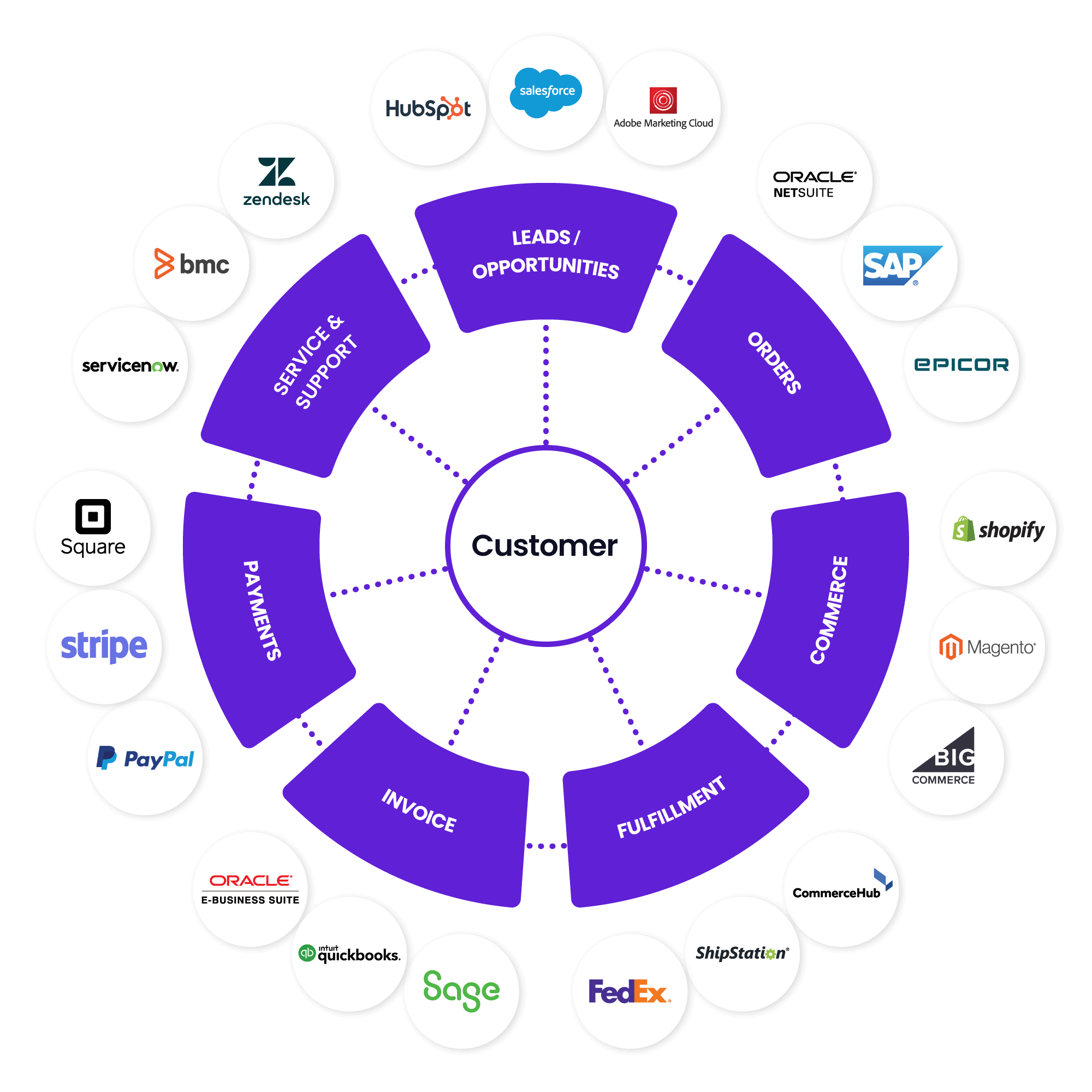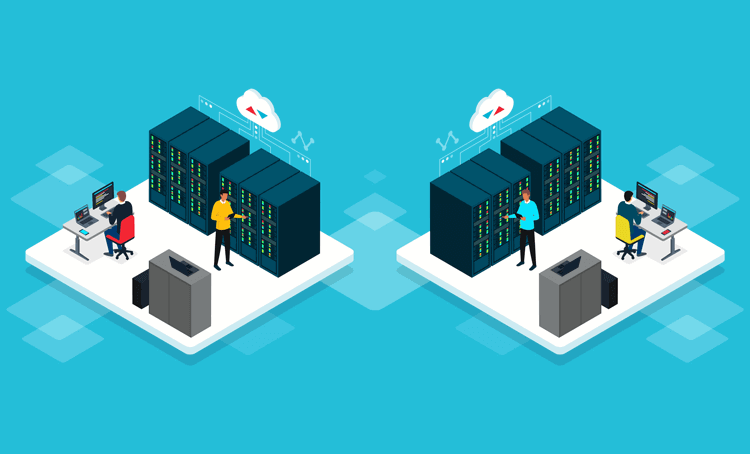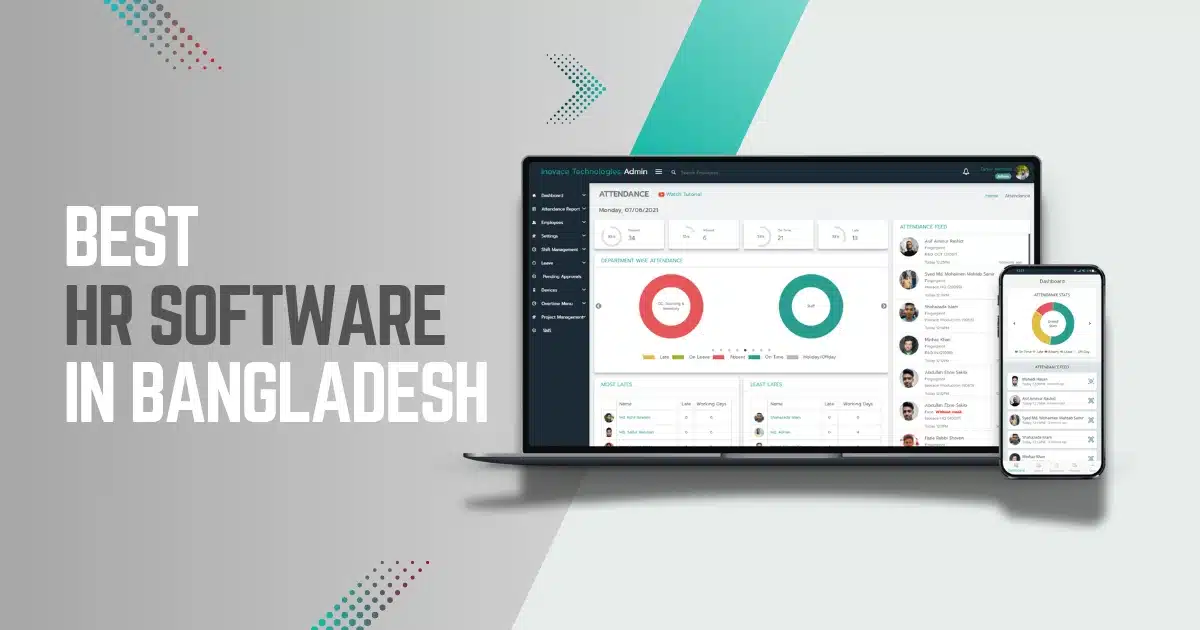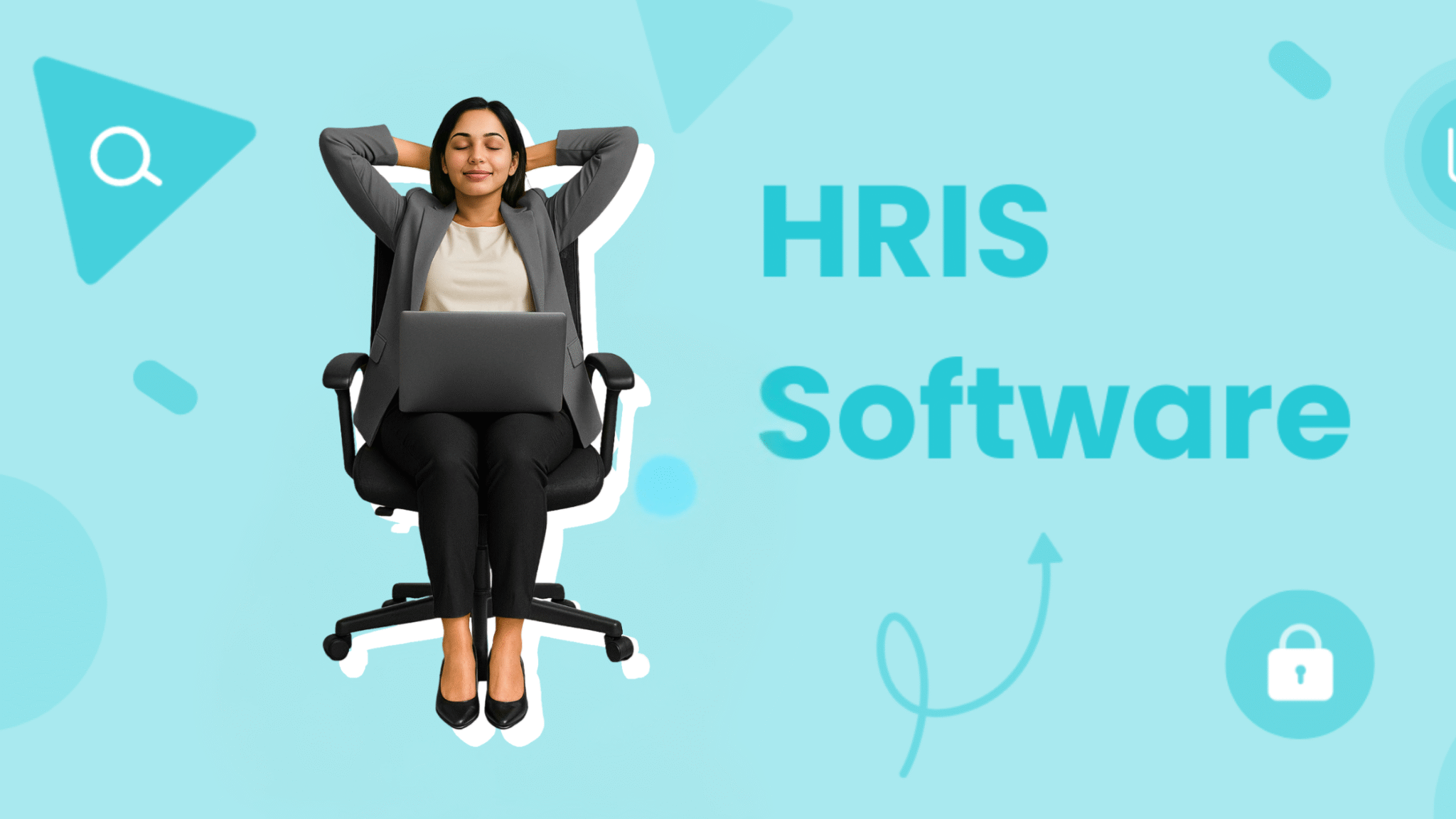Introduction
Cloud HR systems are very important for businesses today. They help manage employee data, payroll, and other HR functions. But what happens if the system goes down? This is where redundancy comes in.
What is Redundancy?
Redundancy means having a backup. If one system fails, another one takes over. This ensures that your HR functions keep running smoothly.

Credit: www.jitterbit.com
Why is Redundancy Important?
- Prevents downtime
- Ensures data safety
- Keeps business running
Without redundancy, a system failure can cause big problems. Employees may not get paid. Important data could be lost. The business could stop running.
Types of Redundancy
There are different types of redundancy. Here are a few:
| Type | Description |
|---|---|
| Hardware Redundancy | Uses backup hardware |
| Software Redundancy | Uses backup software |
| Data Redundancy | Copies data to another location |
Cloud HR Redundancy Requirements
To keep your Cloud HR system running, you need to follow some requirements:
1. Regular Backups
Make sure you have regular backups of your data. If something goes wrong, you can quickly restore the data.
2. Multiple Data Centers
Use multiple data centers. If one center fails, another can take over. This keeps your system running.
3. Testing And Monitoring
Regularly test and monitor your backup systems. This ensures they work when needed.
4. Security Measures
Implement strong security measures. Protect your data from unauthorized access and cyber threats.

Credit: www.givainc.com
How to Implement Redundancy
Implementing redundancy requires planning. Here are some steps:
1. Assess Your Needs
Understand what your business needs. Identify critical functions that need redundancy.
2. Choose The Right Solutions
Select the right hardware and software solutions. Make sure they meet your needs.
3. Train Your Team
Train your team on how to use the redundancy systems. They should know what to do if a failure occurs.
4. Regular Maintenance
Regularly maintain your systems. Check for updates and fix any issues.
Benefits of Redundancy
Having redundancy has many benefits. Here are some:
1. Increased Reliability
Redundancy makes your system more reliable. It reduces the chance of downtime.
2. Better Data Protection
It protects your data. If one system fails, the backup will keep the data safe.
3. Business Continuity
Redundancy ensures business continuity. Your operations will keep running smoothly.
Frequently Asked Questions
What Is Cloud Hr Redundancy?
Cloud HR redundancy ensures continuous HR services. It uses backup systems to avoid downtime.
Why Is Hr Redundancy Important?
HR redundancy prevents data loss. It ensures uninterrupted HR operations during system failures.
How Does Cloud Redundancy Work?
Cloud redundancy uses multiple servers. If one fails, another takes over instantly.
What Are The Benefits Of Cloud Hr Redundancy?
It improves reliability and data protection. It also ensures continuous HR operations.
Conclusion
Cloud HR redundancy is essential for businesses. It prevents downtime, protects data, and ensures business continuity. Follow the requirements and implement the right solutions to keep your HR system running smoothly.










